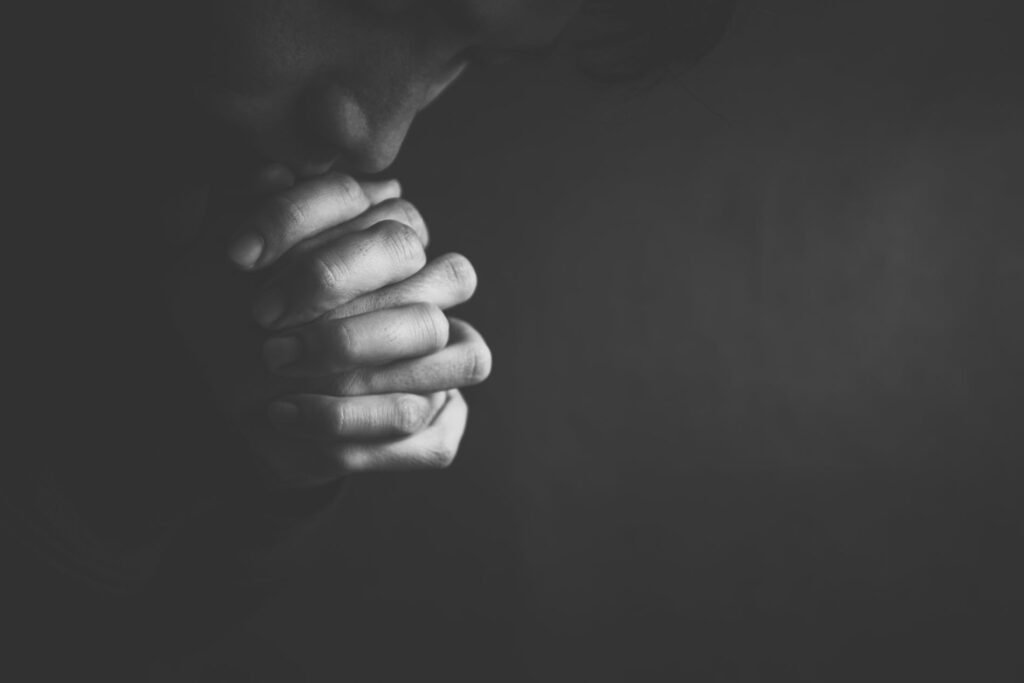Being a sponsor is one of the most significant responsibilities for any recovering addictThis refers to any individual currently making strides towards overcoming their addiction to alcohol or any other substance or harmful behavior. In many 12-step programs, an individual is considered an addict for the rest of their lives. Some approaches believe this moniker can be harmful to long-te... More or alcoholicAn individual with an unhealthy dependence on alcohol. From the perspective of AA, it is an individual who has lost control over their life due to an inability to stop drinking. More. However, it is worth remembering that aside from providing a serviceAA and other 12-step fellowships do not normally have employees. Instead, members volunteer and take roles necessary for the operation of the different groups and the larger infrastructure of the fellowship. Common roles of service include secretary, treasurer, and chairing meetings. More to others, acting as a sponsor is also part of your recoveryThe process by which addicts attempt to break the hold a certain substance or behavior has on their lives. This can refer to participation in a wide variety of methods. What they all have in common, is a sense that life is improving and the addict is regaining control. More. As the 12th Step tells us: “we tried to carry this message to alcoholics, and to practice these principles in all our affairs.” There is no better way to put this into practice than sponsoring an ailing addictAn individual with an unhealthy dependence on a substance or behavior. An individual remains an addict even years into recovery and must therefore remain active in recovery. Read more about drug & alcohol addiction & withdrawal at Withdrawal Info. More and aiding their recovery.
By definition, the heart of a twelve-step program is the steps in question. The twelve stepsThe term "12 steps" refers to the core principles of the approach to addiction exemplified by Alcoholics Anonymous and other similar groups. The 12 steps are a set of guidelines designed to help individuals overcome addiction and rebuild their lives. They were created by the founders of Alcoholics A... More are an incredibly difficult challenge to overcome, and they require the guidance and support of a sponsor. Therefore, the responsibility of a sponsor to help their sponseeAn individual in a 12-step program requires a sponsor to help them work the steps and hold them accountable for their recovery. The sponsor should be readily available when help is needed. A member with a sponsor is considered to be the sponsee. More work through the 12 steps is the most critical and challenging part of the sponsorship role.
Here are some tips on how to do it safely and effectively.
The Role of a 12-Step Sponsor
According to the AA Big BookThe basic text of AA was the first to methodically introduce the 12-steps. It is still the main source for meetings and is quoted in just about all AA and other 12-step literature. the Library of Congress named it one of the 88 “Books that shaped America.” Read more about the Big Book of AA. More, a sponsor is “An alcoholic who has made some progress in the recovery program shares that experience on a continuous, individual basis with another alcoholic who is attempting to attain or maintain sobrietyIn 12-step programs, an individual is sober when they are no longer partaking in the behavior or substance to which they are addicted and living a better life following the program. Both are necessary to achieve sobriety. More through AA.”
If the definition seems somewhat vague, that is utterly intentional. Every addict has different needs, and each relationship is different. For example, a sponsor is sometimes a wise teacher and acts as a big brother on other occasions.
The sponsor has several responsibilities, including answering questions and introducing the sponsee to others within the programThis refers to any official course of treatment for addiction. This could be anything from in-patient facilities, to 12-step programs to harm-reduction programs. More. Another primary role of a 12 step sponsor is to act as a confidante and trusted source of support. All of those elements culminate in the part of the sponsor in guiding the sponsee through the twelve steps.
The Sponsors Role In Guiding a Sponsee Through the 12-Steps
The steps were not meant to be worked alone. The sponsor acts as a guide and mentor throughout the process. But always keep in mind that you can’t work the steps for them or face your sponsee to progress. It is their road to travel.
1. Explaining Difficult Concepts
The 12-steps are written in relatively simple English to appeal to a broad audience and guide them clearly to recovery. However, some difficult elements may require unpacking. A notable sticking point for many is step 2. According to that step, an essential step on the road to recovery is “to believe that a Power greater than ourselves could restore us to sanity.”
For some people, finding the right higher power12-step programs greatly stress surrender to and daily communication with a Higher Power. Having trust in something greater than yourself is considered essential for returning sanity in the unmanageable life of an addict. This can be a traditional deity, a spiritual entity or a social one such as th... More simply means continuing or resuming existing faith. However, this is a confusing and challenging facet of recovery for others. A good sponsor can help an addict find the right spiritual path and help the sponsee feel comfortable and supported.
2. The Practical Side Of the 12-Steps
The sponsor is a sounding board for the practical measures to put the principles into action. The 12-steps include valuable guides to aid in recovery. However, they do not include specific steps to put them into practice. Nor should they. Every life is different, and principles will manifest in a unique set of measures.
A sponsor’s job is to help translate the vague and lofty principles of the 12-steps into concrete actions. For example, the 11th Step tells addicts to pursue “prayer and meditation to improve our conscious contactBuilding a relationship with a Higher Power is a crucial element in recovery. This involves conscious contact with a Higher Power through prayer and meditation regularly. More with God as we understood Him.” A sponsor may advise when and how often to pray. They may tell the sponsee to join a specific congregation or group. They may help tailor the specific prayer to the cultural heritage and emotional needs of the recovering addict.
3. Motivation
Recovery is a long torturous road. Unfortunately, many sponsees will stumble on the road and possibly relapseRelapse in the context of 12-step programs refers to the act of reverting to harmful behaviors associated with addiction after a period of recovery. This return to substance use or compulsive behavior disrupts the recovery process and often leads to a resurgence of destructive patterns that the indi... More. More commonly, they may lose faith or motivation to stay on the right road. Sometimes, rectifying this problem may involve simple encouragement and support.
However, at other times a sponsee may require some “tough loveThe intervention technique known as "Tough Love" is being straight and forceful with a person who is battling addiction. This method is predicated on the idea that, in order to recognize the truth of their addiction and accept responsibility for their recovery, they must confront the consequences of... More.” On the road to recovery, sometimes people seek shortcuts or hacks to substitute for the difficult drudgery of working the steps. When necessary, a good sponsor will hold up a mirror to the sponsees’ attempts to cut corners or find easy solutions. Complete honesty with oneself and others is essential to recovery. And the sponsor’s role in this regard includes the duty to help (per step 4) sponsees in “executing a searching and fearless moral inventory of ourselves.”
4. Preventing Mistakes
The emotions that come up through working the steps are raw and sometimes challenging to manage. Addicts conduct a complete moral inventoryStep 4 recommends the addict conduct “a searching and fearless moral inventory.” This involves coming to terms with the flaws which preceded addiction and those that came as a result of it. More of their affairs and history. Facing all the damage done through years of addiction can be taxing and lead to emotionally unstable situations.
Perhaps the most dangerous part of working the steps is in Step 9. At that point, the sponsee will make “direct amends to such people wherever possible, except when to do so would injure them or others.” The process requires contacting, when possible, people injured through years of unhealthy behavior. However, the experience and results can be gratifying for everyone involved.
In some cases, the reopening of old wounds can cause damage to recovery and those contacted. It is up to the sponsor to determine when making amends should be made through direct contact. Sometimes, that is best avoided, and the process of making things right should be symbolic. The sponsor has to help those recovering balance those interests and find the best outcome for everyone involved.
5. Keeping It Real
The mind of the addict tends towards self-deception. We tell ourselves, “I’ll have one more. I can quit at any time.” An addict is a master at deluding themselves and others. It is the sponsor’s job to prevent this behavior from derailing recovery and keep the steps on track. Perhaps they are rushing the processor, alternatively not progressing fast enough. You will point out when your sponsee deludes themselves and when they must make changes to further their recovery.
A Final Word
The responsibilities of the sponsor are grave and should not be taken lightly. However, they are also incredibly rewarding. If you do your job right, your recovery will deepen, and you will lighten the load for those still suffering.







